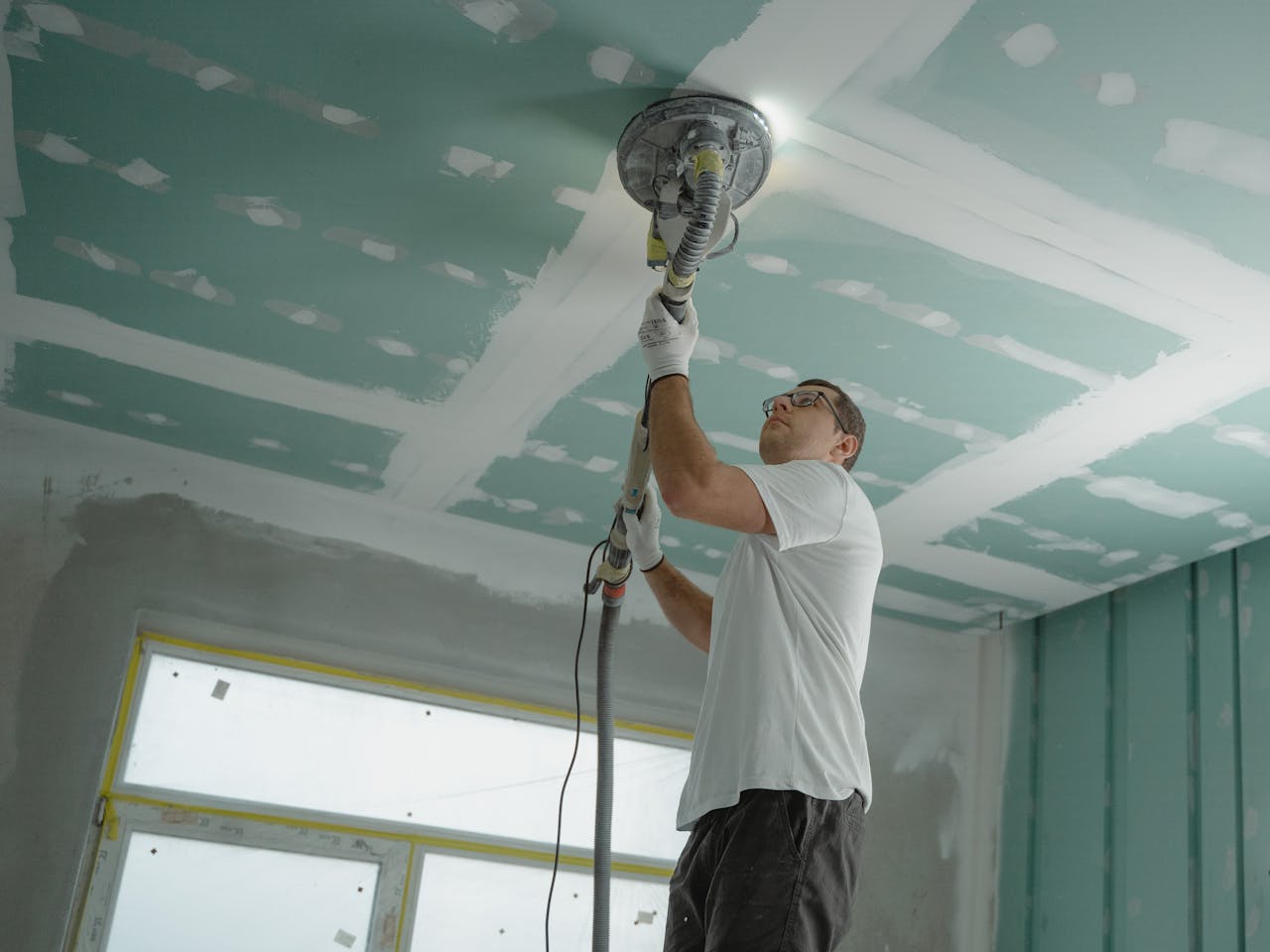A house rarely shouts when something goes wrong. It whispers through stains, drafts, odd smells, and parts that fail before their time. Paying attention to those quiet signals can save thousands in repairs and keep a family safer through storm seasons and cold snaps. The goal here is calm, not panic. Learn what to watch, decide what needs a pro, and handle the rest with steady maintenance. Small fixes, done early, protect structure, air quality, and peace of mind.
Damaged Plumbing Vent Boots

Plumbing vents balance pressure and vent gases, but the boot around the pipe has one job: keep water out. Cracked plastic, split metal seams, or a rotted rubber collar lets rain ride the pipe into ceilings. Sun and hail shorten a boot’s 15–30 year life, and missing nails invite wind to lift edges. When damage shows, replace the vent boot rather than smear caulk. If fasteners just backed out, swap in rubber-washered roofing screws and reseat the base tight to the shingles.
Ceiling Stains
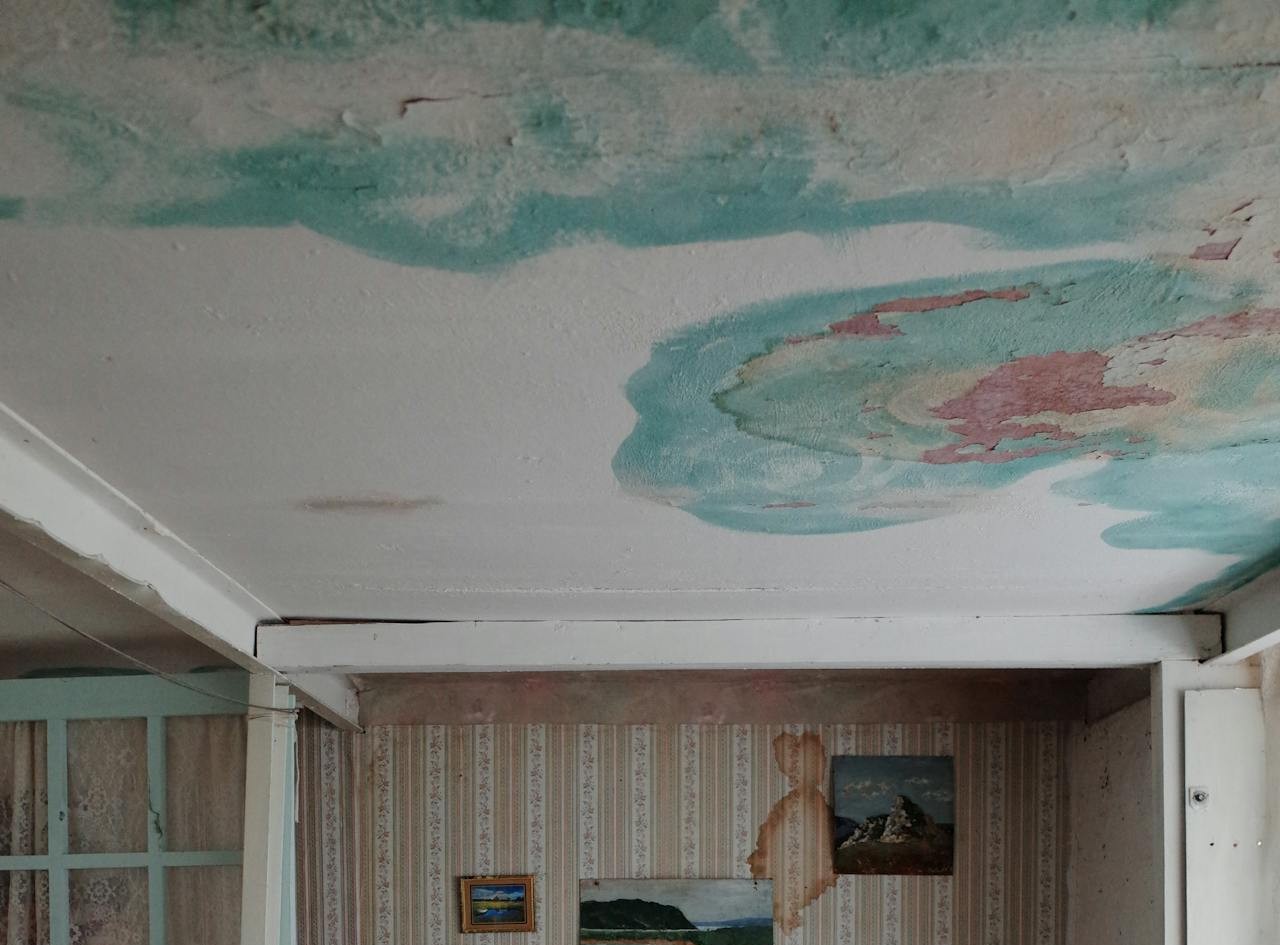
Brown rings across ceilings or streaks down drywall usually trace to a roof leak migrating along framing. Even a slow drip ruins insulation, stains paint, and breeds mold. The fix on top is often simple once the entry point is found; the hunt is the hard part. Waiting for a future reroof risks rotted sheathing and framing that multiplies costs. Track the path, open and dry saturated areas, then correct the roof detail so a small mark does not become structural damage.
Frosted Nails, Also Called Shiners

A shiner is a roofing nail that missed framing and sits exposed in the attic. In cold weather, warm moist air from rooms below condenses and frosts on that metal. Daytime warmth melts the frost, dripping onto insulation, then it refreezes at night. The cycle mimics a roof leak and quietly soaks materials. A quick attic check on a cold night reveals white nail tips. Clipping the protruding nail with side-cutting pliers ends the drip and protects the insulation beneath.
Damaged or Punctured Shingles
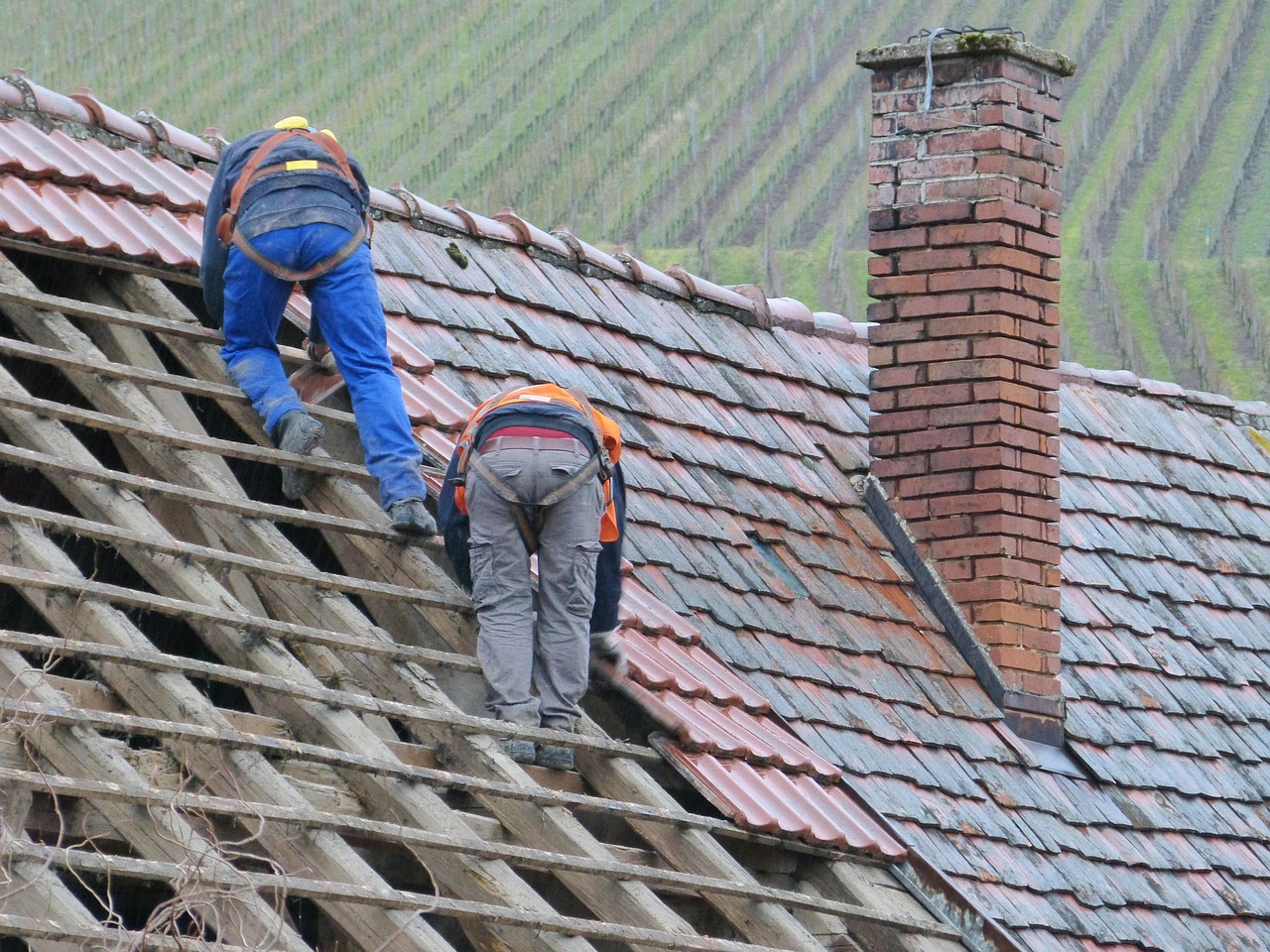
Broken tabs, torn edges, or tiny punctures are leaks waiting for the next storm. Granule bruises from hail expose asphalt to UV and speed decay, while old antenna holes or stray nails become hidden funnels. Matching replacements and proper flashing correct the weakness; caulk alone is a short-lived patch. Pull the bad fastener, bridge holes with flashing where needed, and reset with correct nails under the seal strip. A few careful swaps preserve the roof’s service life.
Dirty, Clogged Soffit Vents
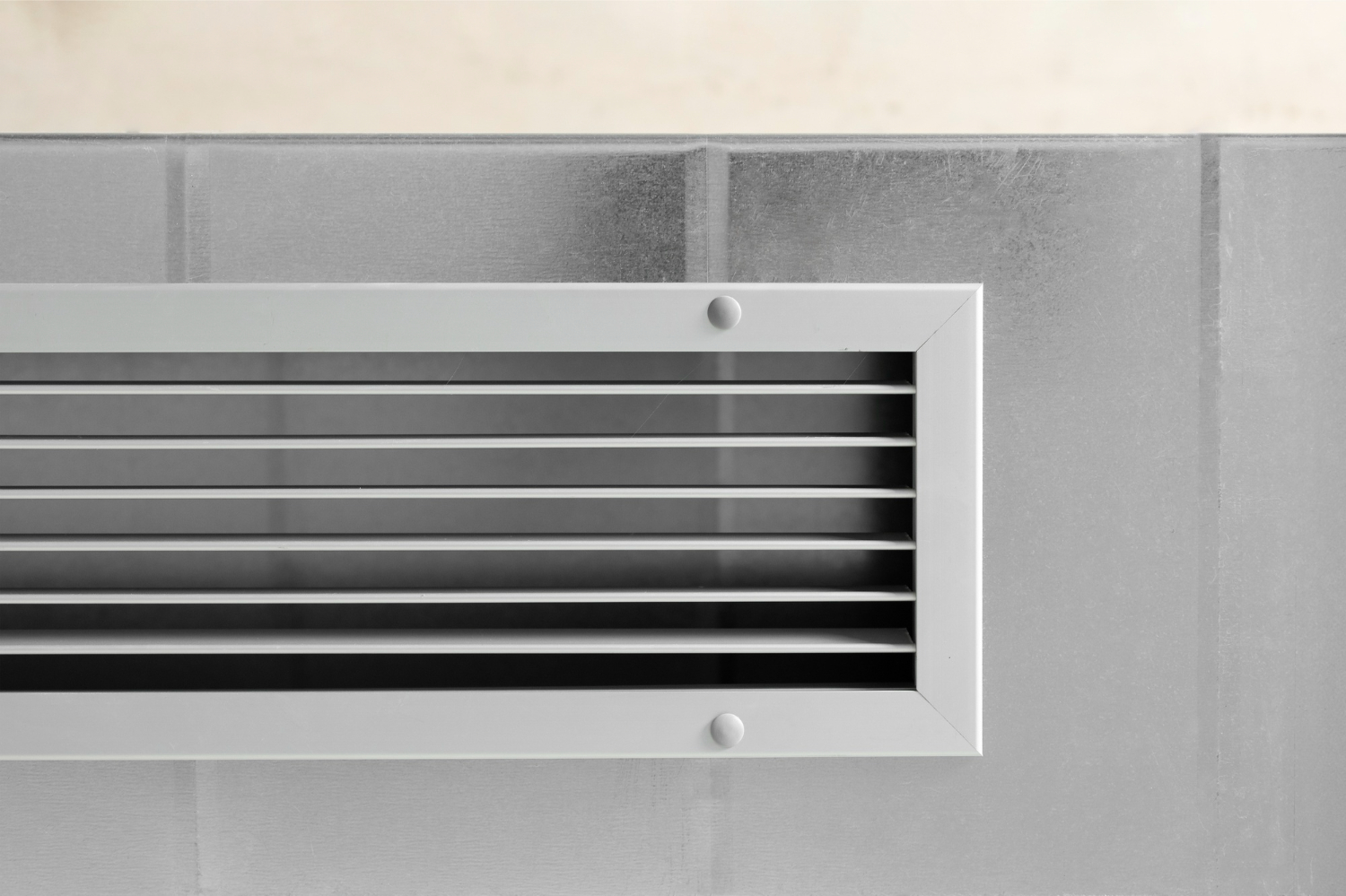
Attic ventilation begins at the soffit, drawing cool dry air that pushes warm attic air out roof vents. Paint, debris, bird nests, or insulation blocking these inlets trap moisture and heat under the sheathing. Over time, framing darkens with mildew and shingles cook from beneath. Install air chutes in each rafter bay to hold insulation back and keep the path open. Clearing soffits and confirming continuous airflow protects the roof deck, trims energy costs, and limits ice-dam headaches.
Missing Kick-Out Flashing at Sidewalls

Where a roof edge meets a wall, kick-out flashing throws runoff into the gutter. Without it, water tracks down siding and slips behind trim at windows and doors, soaking sheathing for years unseen. Early clues include stained siding, soft trim, or interior bubbling paint near corners. Adding a properly formed kick-out at the shingle edge redirects flow immediately. Leave it missing and hidden rot grows, inviting pests and forcing costly rebuilds around a joint that needed one small part.
Rusted or Leaking Gutters
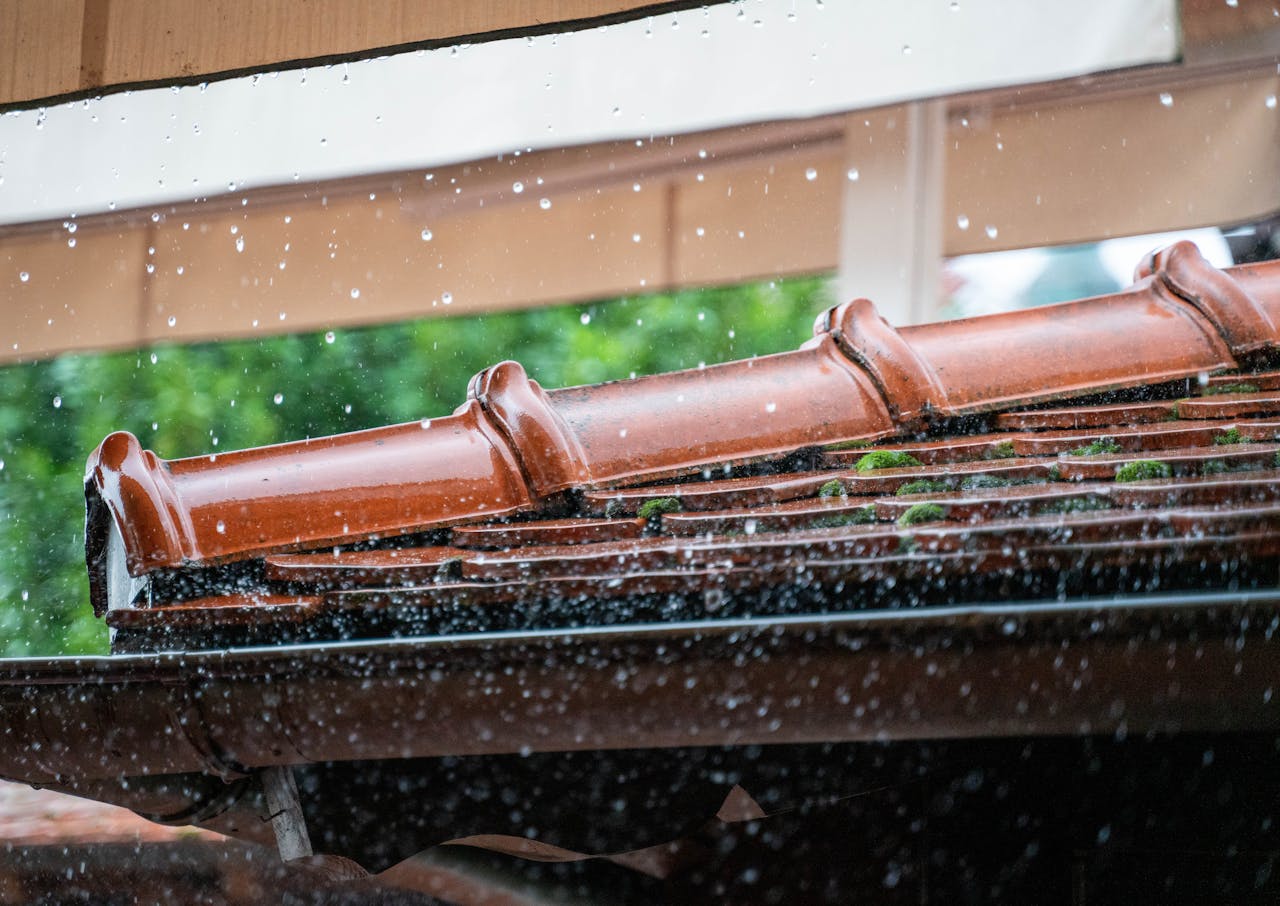
Gutters fail first at seams and rusty patches, then dump water where a house is weakest. Drips stain fascia, soak soffits, and erode soil that should shed water away. If the trough is sound, wire-brush rust, scrape old tar, and bridge the area with roof-and-gutter repair tape. Rehang with proper pitch, seal miters, and extend downspouts. The test is simple: during a heavy rain, water should flow cleanly to the spout and away from the foundation, not over the edge.
Cracked or Loose Roof Vents

Plastic vent housings crack and metal versions split at seams, inviting wind-driven rain. Caulk may quiet a drip for a season, but replacement is the durable fix. Free nails tucked under nearby shingles, lift the damaged vent, and set a new one with rubber-washered screws. A thin bead of sealant beneath surrounding shingles helps hold them down and shed water. Because vent leaks can appear as ceiling stains far from the source, this small part matters more than it looks.
Loose Step Flashing Along Walls

Step flashing moves water safely over shingles where a roof meets a vertical wall. If a piece rusts through or lifts, runoff bypasses the shingle and slips behind siding. Interior damage often lags the failure by months. Replace individual steps, ensure each overlaps correctly, and secure siding or counterflashing to block wind from prying pieces loose. Proper step flashing should be nearly invisible from the yard, yet it is priceless when a day-long storm sits over the ridge.
Mold Tracking Exterior Walls

Mold lines on an exterior wall often point upstream to roof leaks, poor drainage, or downspouts dumping at the foundation. Measure from the stain to a fixed point to trace the path inside the attic or wall cavity. Correct the cause first—reroute water, fix roof details, extend leaders—then clean the surface. When walls stop getting wet, growth stops. Bleach without source control only resets the clock, trading a cheap gutter fix for a future wall repair and demolition dust.
Missing Gutter Apron at the Eave

Water clings to the underside of shingles as it leaves the roof. Without a gutter apron tucked under the starter course, that water wicks behind the gutter, soaking fascia, soffits, and the deck edge. Early signs include streaks under the trough and soft wood at corners. Installing an apron bridges shingle to gutter and breaks the drip path. Left alone, the quiet leak invites rot and carpenter ants, then demands a repair far larger than the cost of a simple metal strip.
Rusted Chimney Flashing

Galvanized chimney flashing rusts at bends, pinholes, and nail heads, sending water down into ceilings and wall cavities. A practical interim fix is to slip new flashing under the old to divert water, buying time until a full rebuild. Heavy efflorescence or nearby stains suggest long-term moisture. Address mortar, counterflashing, and crown details to complete the weather seal. Chimneys concentrate complex joints; small failures there create outsized damage if not handled with care.
Bulging Washing Machine Hoses

A bulge in a washing machine hose is a warning siren. When it fails, the flow is a gush, not a drip, and minutes can cause thousands in damage. Replace aging rubber lines with braided stainless hoses and add easy-reach shutoffs. Leak alarms near the laundry help, but prevention beats mopping after a burst. If the house sits empty for a weekend or vacation, closing the valves is cheap insurance that keeps a minor part from becoming a major claim.
Stains Around Bathroom Exhaust Fans
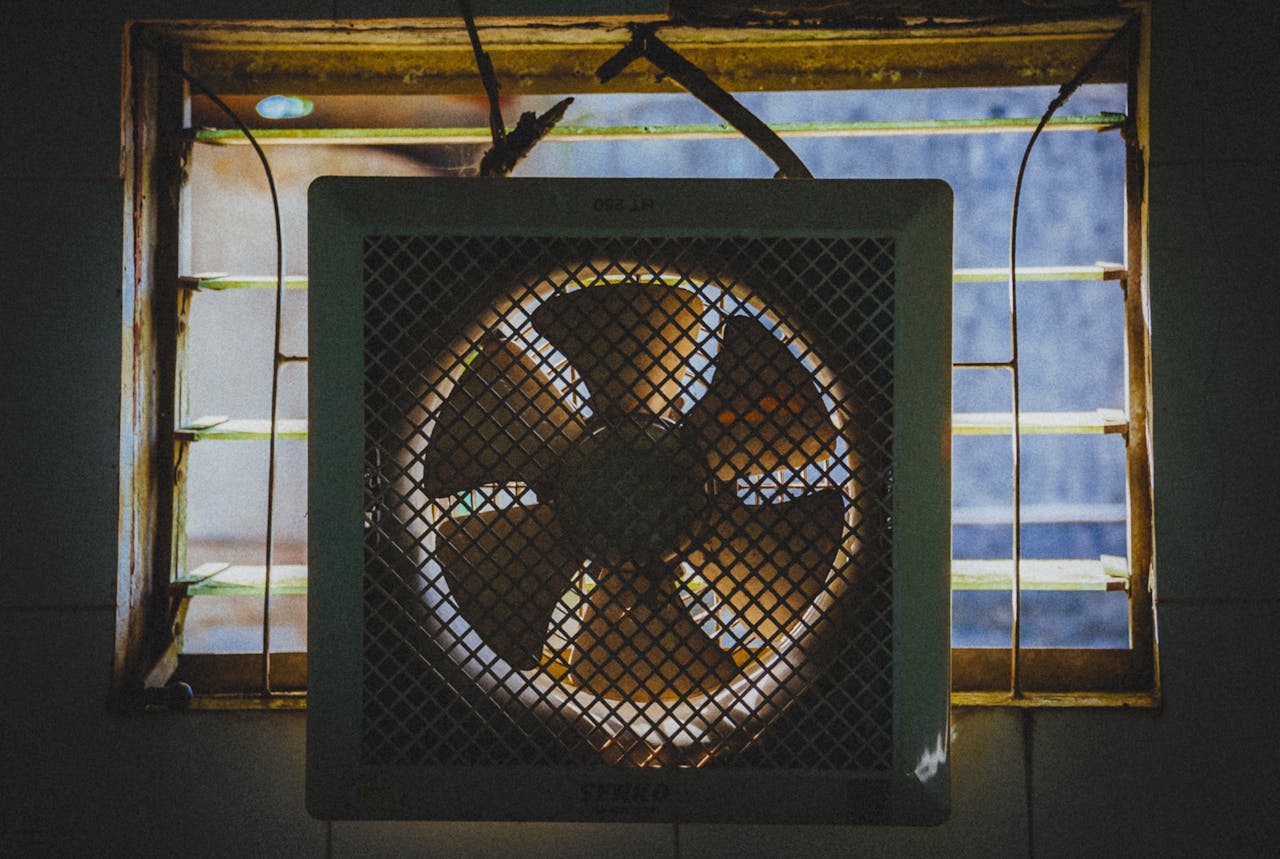
Ringed stains around a bath fan often trace to condensation inside a cold duct, not just a roof leak. Warm, moist air hits a chilly run and drips back into the housing, soaking drywall and slowly corroding the motor. Insulate the duct, shorten bends, and vent outdoors—not into the attic. In colder climates, this small correction protects roof framing and keeps winter showers from turning into summer repairs. Once the duct stays warm and dry, the staining usually stops.
Heavy Efflorescence on Chimney Brick

That white powder on brick is mineral residue left as moisture moves through masonry. A little is common; heavy deposits warn of persistent water in the stack. Freeze-thaw cycles pry joints apart from within, and a cracked flue liner can vent carbon monoxide into living areas. Schedule an inspection to check caps, crowns, liners, and flashing, then set a repair plan. Cleaning residue without fixing moisture only hides a deeper problem that returns with the next wet season.
